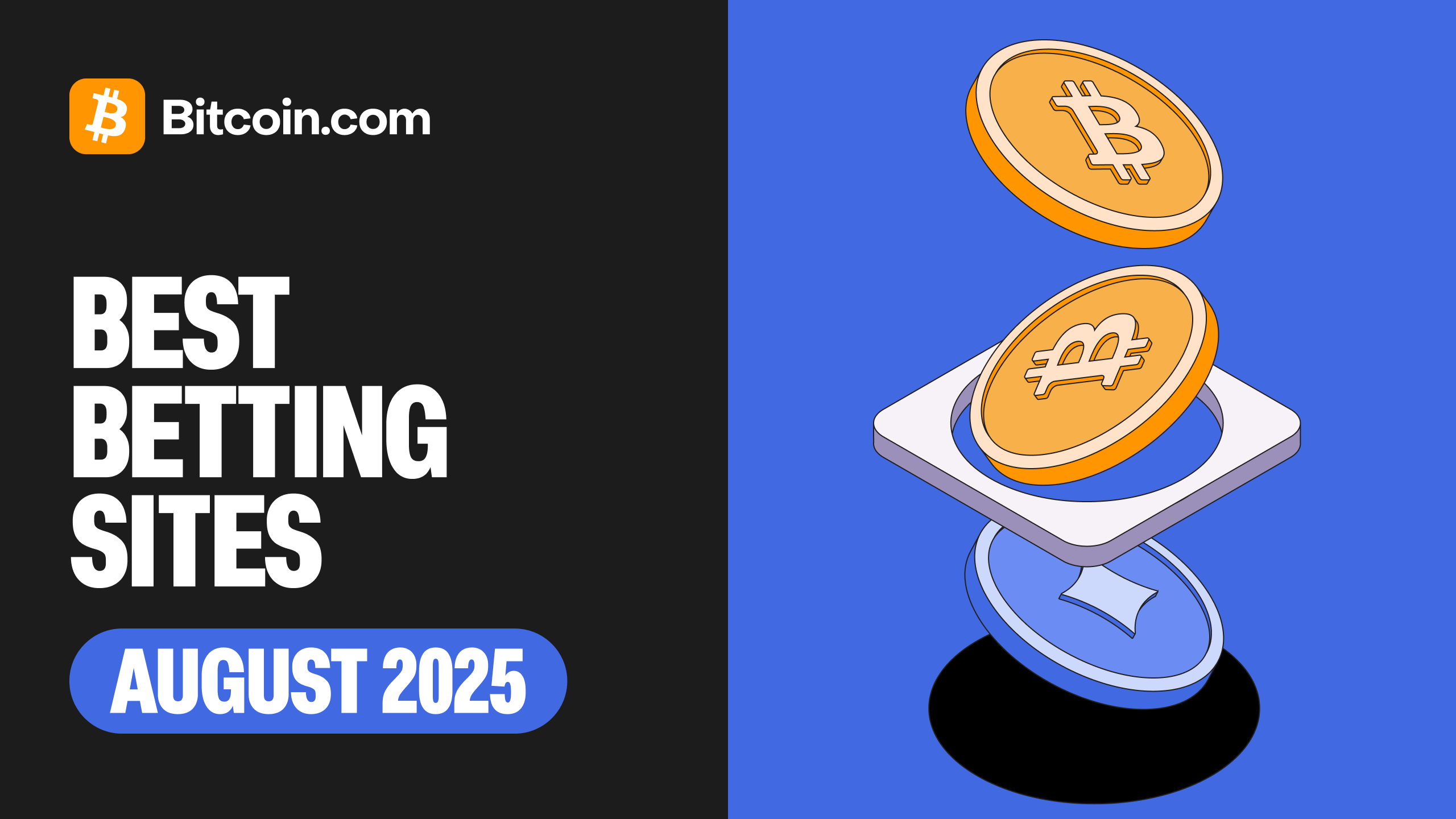The cryptocurrency ecosystem has witnessed an unprecedented surge in token creation, with approximately 2.5 million new tokens launched in June 2025 alone. This explosion of digital assets reflects the dynamic and competitive nature of blockchain platforms, each vying to attract developers, projects, and investors. However, beneath this surface-level growth lies a multifaceted narrative involving ecosystem health, token utility, market saturation, and investment viability. This analysis delves into the trends behind these new tokens, examines the sustainability of various blockchain ecosystems, and reflects on the implications for the future of the crypto market.
Token Launch Trends Across Blockchains: Ethereum, Solana, Base, and Others
Ethereum remains a cornerstone of the cryptocurrency ecosystem, maintaining a steady flow of token launches. Its robust developer community and mature decentralized finance (DeFi) ecosystem continue to foster innovation, with many new tokens leveraging Ethereum’s extensive network effects. Despite its strengths, Ethereum faces scalability challenges and high gas fees, which sometimes push projects to explore alternative platforms.
Solana, known for its high throughput and low transaction costs, has experienced a slowdown in new token launches. While Solana’s technology offers quick and cost-effective transactions, past network congestion and outages have dampened developer enthusiasm, leading to a reduced pace of token creation.
A significant surge in token launches has come from Base, a newer blockchain ecosystem backed by Coinbase. Base aims to attract developers and end-users by mainstreaming DeFi and NFT projects, leveraging Coinbase’s user base and resources. This growth highlights Base’s potential as a viable alternative in the competitive blockchain landscape.
Other blockchains, such as Polygon, Cardano, and emerging Layer 2 solutions, also contribute to the influx of new tokens. The activity levels on these platforms vary, reflecting their maturity, developer incentives, and user adoption rates. Each blockchain offers unique advantages, catering to different segments of the crypto market.
Quantity Versus Quality: Are 2.5 Million Tokens Sustainable?
The sheer volume of token launches raises critical questions about market saturation and token quality. Industry experts note that while millions of tokens flood the market, only a fraction possess substantive value or long-term sustainability. Many of these tokens are experimental, lack liquidity, or are purely speculative, launched without clear use cases or community support.
Network saturation can lead to information overload, overwhelming investors and users with an excessive number of choices. This proliferation of low-quality tokens can erode market confidence and slow the adoption of genuinely innovative projects. However, a vibrant token creation scene also signals a period of experimentation and ecosystem growth, from which successful tokens emerge, driving innovation in DeFi, digital ownership, gaming, and AI integration.
Market Reactions and Investment Considerations Amid the Token Flood
Amid the deluge of new tokens, some have caught investor attention due to their potential for high returns. Projects like Mutuum Finance (MUTM) highlight the appeal of affordable entry points, offering investors the opportunity to capture growth before wider recognition. However, investors must exercise caution and conduct thorough due diligence. Analyzing tokenomics, developer teams, use cases, liquidity, and ecosystem partnerships is crucial in navigating this complex landscape.
Token unlock events also play a significant role in market dynamics. In June 2025, over $3.3 billion worth of tokens were unlocked, influencing market supply and price dynamics. Additionally, regulatory clarity is a growing concern, with the US Senate passing the Guiding and Establishing National Innovation for US Stablecoins Act, among other regulatory movements, impacting stablecoin issuance and market confidence.
Broader Industry Moves and Ecosystem Development
Beyond the surge in token launches, June 2025 witnessed significant developments in the crypto industry. Circle’s $1.1 billion IPO debut under the ticker CRCL underscores the mainstream acceptance of crypto infrastructure and stablecoins. Companies like Strategy (formerly MicroStrategy) have also offered shares and stock instruments linked to crypto values, signaling deeper integration between traditional equity markets and crypto assets.
Investment waves led by figures such as Michael Saylor and firms planning multi-billion dollar Bitcoin acquisitions reflect growing confidence in Bitcoin as a strategic asset. Projects like Nexchain have raised $2.5 million, emphasizing tangible expansions and market traction rather than speculative launches. These developments highlight a maturing industry where foundational infrastructure and institutional participation grow alongside token innovation.
Conclusion: Navigating the Token Explosion with Cautious Optimism
The creation of 2.5 million new crypto tokens in a single month epitomizes the relentless creativity and ambition driving blockchain innovation. However, this phenomenon also poses challenges, including oversaturation, speculative froth, and potential value dilution. For investors, developers, and participants, the key is balancing excitement for novel projects with rigorous validation of their fundamentals.
Ecosystem diversity—from Ethereum’s steady pace to Base’s dynamic surge—provides multiple avenues for innovation and value creation. Meanwhile, regulatory clarity and institutional engagement promise stabilization and mainstream integration. Ultimately, this tidal wave of tokens heralds a phase of experimentation and transformation. Among millions, a select few tokens and projects will define the future, shaping decentralized finance, blockchain gaming, AI integration, and digital ownership in novel ways. The rest may serve as lessons—cautionary tales or stepping stones—in the complex evolution of crypto markets.





